Golden Rod – Solidago virgaurea.
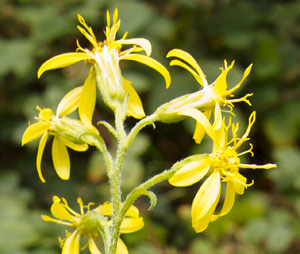
Golden Rod is a perennial. It may grow to a height of 70 cm i.e. two feet or more, but it can also be quite small. It is quite variable in form and height. Golden Rod may be found in dry, open places in woodland, or in grassland and rocky places.
Leaves and stem
The leaves are quite long and thin (lanceolate) and may be irregularly toothed. The leaves near to the bottom of the stem may be 2 to 10 cm long, with short stalks (petioles). The leaves further up the stem tend to be a bit narrower than the bottom leaves. The edge of the leaf may be 'hairy'. The stems too may be downy, particularly those supporting the flowers.
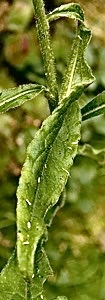
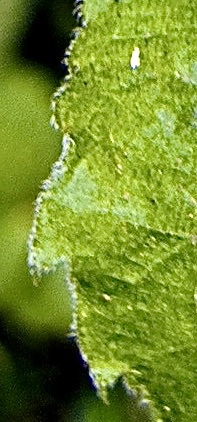
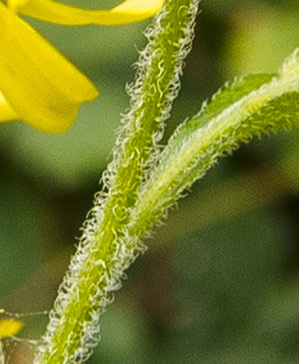
Flowers and Fruits
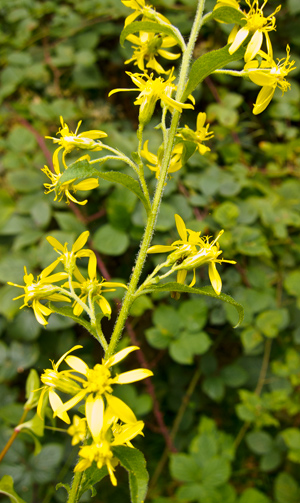
Golden Rod is a member of the daisy family (Asteraceae or Compositae). The flowers are composites; that is, they are actually many small flowers packed closely together into a compound head - which seems like a single flower. The individual flowers that make up this compound head are called florets. These florets are of two types :
Disc florets - where the petals are joined together to form a tube which ends in small 'teeth'
Ray Florets - again the petals are joined together, but there is an obvious petal-like flap.
When the seeds form, wind dispersal is helped by white fluffy hairs.